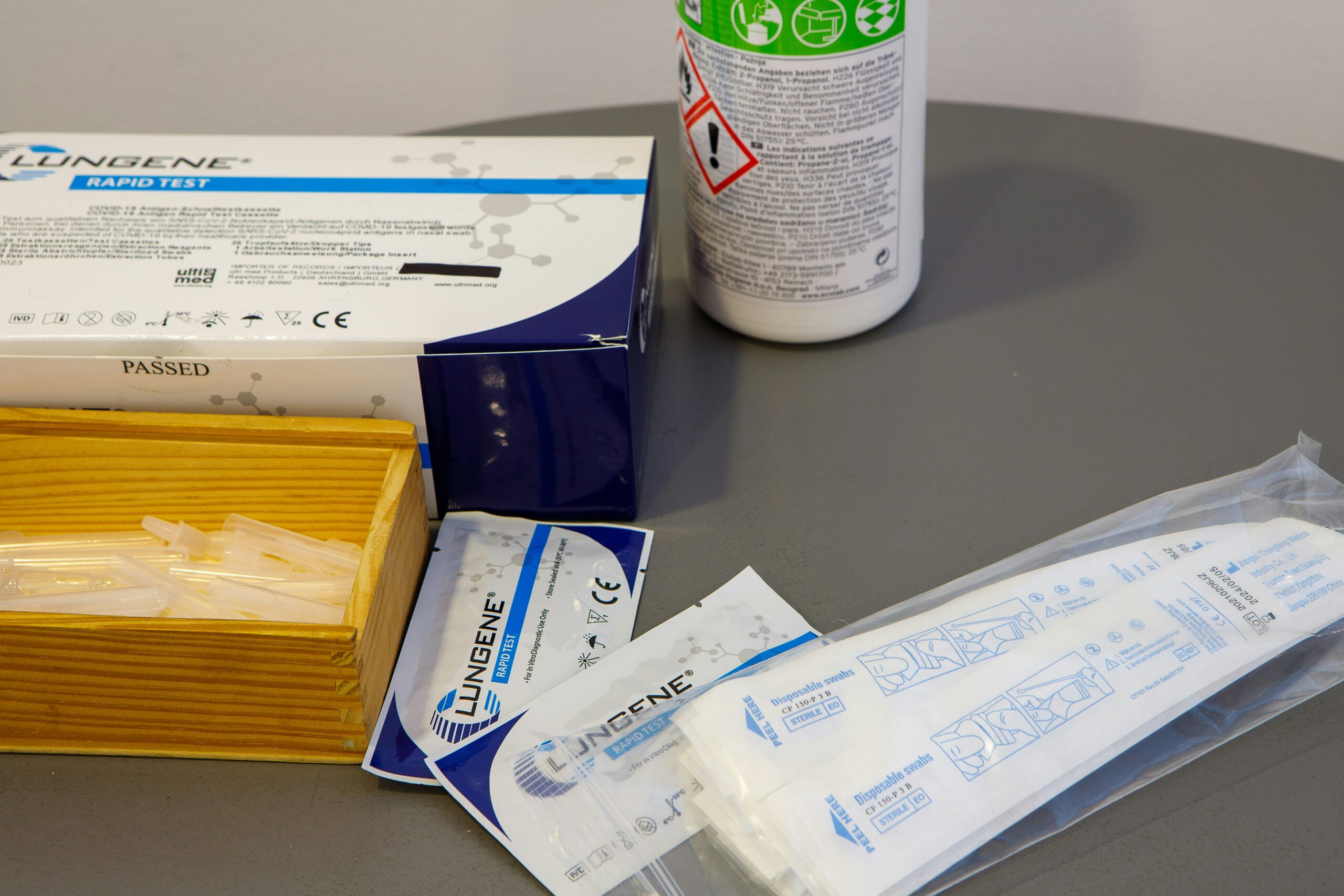Introduction
Pharmaceutical marketing in the U.S. is no easy task. The industry juggles a complex web of regulations, scientific accuracy, and the need to engage a highly specialized audience—healthcare professionals (HCPs), payers, and patients. To break through the noise, pharma marketers are turning to interactive content as a way to spark real engagement and provide value beyond the usual brochures and emails.
Interactive content transforms passive consumption into active participation. Whether it’s a calculator, quiz, or virtual simulation, these tools invite users to explore, learn, and interact with information in meaningful ways. This kind of content helps people better understand new treatments, clinical data, or disease management approaches.
In this article, I’ll walk you through 10 of the best interactive content ideas that pharma marketers can use today. We’ll also touch on regulatory considerations and why these formats resonate so well with U.S. healthcare audiences.
Why Interactive Content Is a Game-Changer in Pharma Marketing
The Digital Shift
Pharma marketing budgets increasingly focus on digital channels. And it’s not just about being online—it’s about how you engage your audience. Healthcare professionals, especially, prefer content that invites them to be part of the learning process, not just passive listeners.
Doctors and nurses are busy. They want quick, reliable tools that fit into their workflow and make complex data easier to digest. Interactive content meets those needs by offering:
- Personalized experiences
- Easy access to important clinical information
- Tools that help decision-making on the spot
Navigating the Rules
But pharma marketing doesn’t operate in a vacuum. The FDA’s guidelines remind us that all content must be truthful, balanced, and clear—especially when it comes to risk and benefits. Interactive tools must never promote off-label uses or make unsubstantiated claims. Plus, patient data privacy laws like HIPAA must be front and center when designing any interactive experience involving patient info.
1. Clinical Trial Simulations
Imagine walking through a clinical trial step by step, choosing which patients qualify and seeing how treatments perform. That’s exactly what interactive clinical trial simulations do.
Why it works: Clinical trials are dense and can be overwhelming. Simulations break down complex protocols into digestible, interactive modules. Doctors can “test-drive” treatments virtually before applying them in real life, which improves understanding and trust.
Example: Novartis used a clinical trial simulator for its cancer therapies, helping clinicians better grasp trial designs and treatment benefits. This kind of tool sparked more questions and conversations about trials.
2. Treatment Pathway Calculators
These calculators let HCPs input patient details and receive personalized treatment recommendations based on the latest evidence.
Why it works: Clinicians appreciate tools that fit into their workflow and provide clear, actionable guidance. These calculators support complex decision-making without replacing professional judgment.
Remember: Always include disclaimers stating these tools are aids, not replacements for clinical expertise.
3. Personalized Patient Education Portals
Imagine a portal where patients find content tailored to their condition, treatment phase, and concerns.
Why it works: Patients feel heard and supported when education matches their unique needs. Features like symptom trackers and quizzes also give doctors insights into patient experiences and challenges.
Good patient education can boost medication adherence and satisfaction, helping patients stay on track with treatment.
4. Expert-Led Webinars (Live and On-Demand)
Webinars featuring Key Opinion Leaders (KOLs) allow real-time interaction—whether live Q&A or polls.
Why it works: Live engagement creates a two-way conversation and builds credibility. If clinicians can’t attend live, on-demand replays still provide flexibility to learn on their own schedule.
Make sure these sessions are medically reviewed and avoid sounding promotional.
5. Augmented Reality (AR) Demonstrations
AR lets HCPs explore drug delivery devices or anatomy in 3D, virtually “holding” the product or visualizing mechanisms.
Why it works: This immersive experience helps explain complex therapies or devices in a memorable way.
Challenges include the investment and making sure the content remains scientifically accurate.
6. Interactive Infographics and Data Visualizers
These infographics aren’t just pictures—they respond to clicks or hovers, letting users dive deeper into clinical data or trends.
Why it works: Visual storytelling simplifies complex information and empowers users to explore what matters most to them.
Transparency is key here. Always back data with references and balanced context.
7. Virtual Patient Case Studies
Interactive case studies let clinicians make choices in simulated patient scenarios, receiving feedback on their decisions.
Why it works: It mimics real-life decision-making, helping providers sharpen diagnostic skills and treatment strategies in a safe environment.
8. Gamified Learning
Gamification adds scoring, challenges, and rewards to educational content.
Why it works: Friendly competition and interactive elements make learning fun and encourage repeat visits, boosting knowledge retention.
Pharma companies have successfully used gamification to educate on vaccination and chronic disease management.
9. Feedback and Social Listening Tools
Embedding surveys or sentiment tools within campaigns captures what HCPs think and feel in real time.
Why it works: Marketers gain valuable insights that help tailor messaging. Plus, audiences feel heard, improving engagement.
10. AI Chatbots
Chatbots provide instant answers to common questions about drugs, treatment options, or patient support programs.
Why it works: They offer 24/7 availability, freeing up reps to focus on complex conversations.
Be transparent about chatbot limitations and always guide users back to qualified medical advice.
Tips for Success
- Work with compliance teams early. Their input helps avoid regulatory pitfalls.
- Keep user experience front and center. Content should be easy to access and intuitive.
- Respect privacy. Collect and handle data responsibly.
- Focus on quality and accuracy. Scientific rigor builds trust.
- Track performance. Use data to continually improve content and outreach.
Conclusion
Interactive content isn’t just a trend—it’s becoming essential in pharmaceutical marketing. When done right, it makes complicated scientific information approachable and actionable. It helps pharma brands build stronger relationships with healthcare providers and patients while staying compliant with regulations.
From virtual trial simulations to AI chatbots, these tools offer many ways to connect meaningfully. Pharma marketers willing to innovate in this space will find better engagement and a clearer path to supporting improved patient outcomes.














Leave a Reply